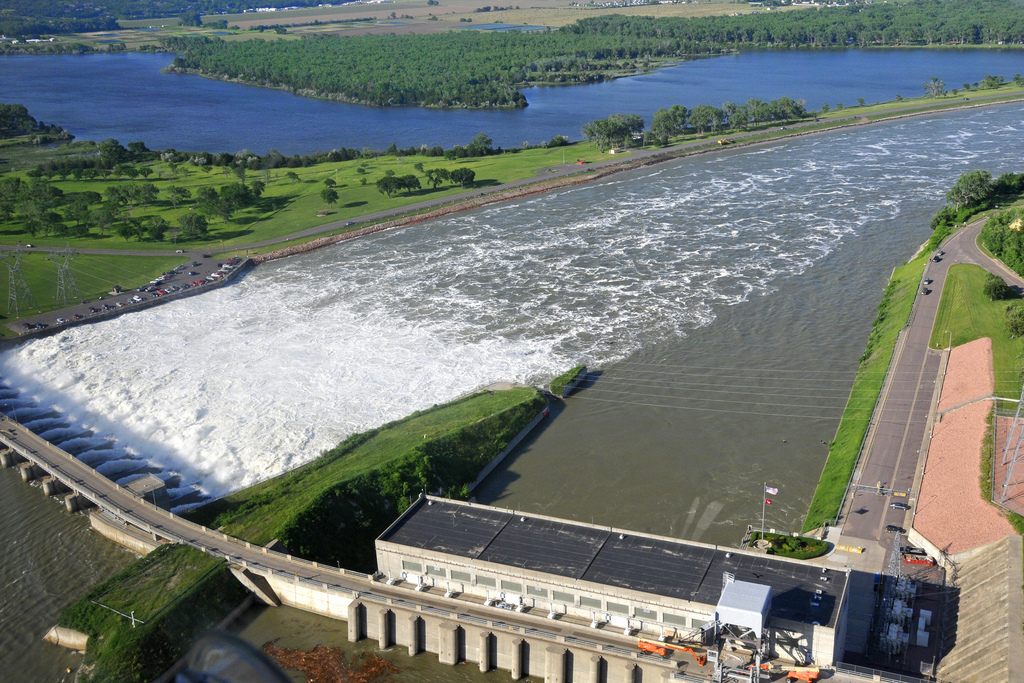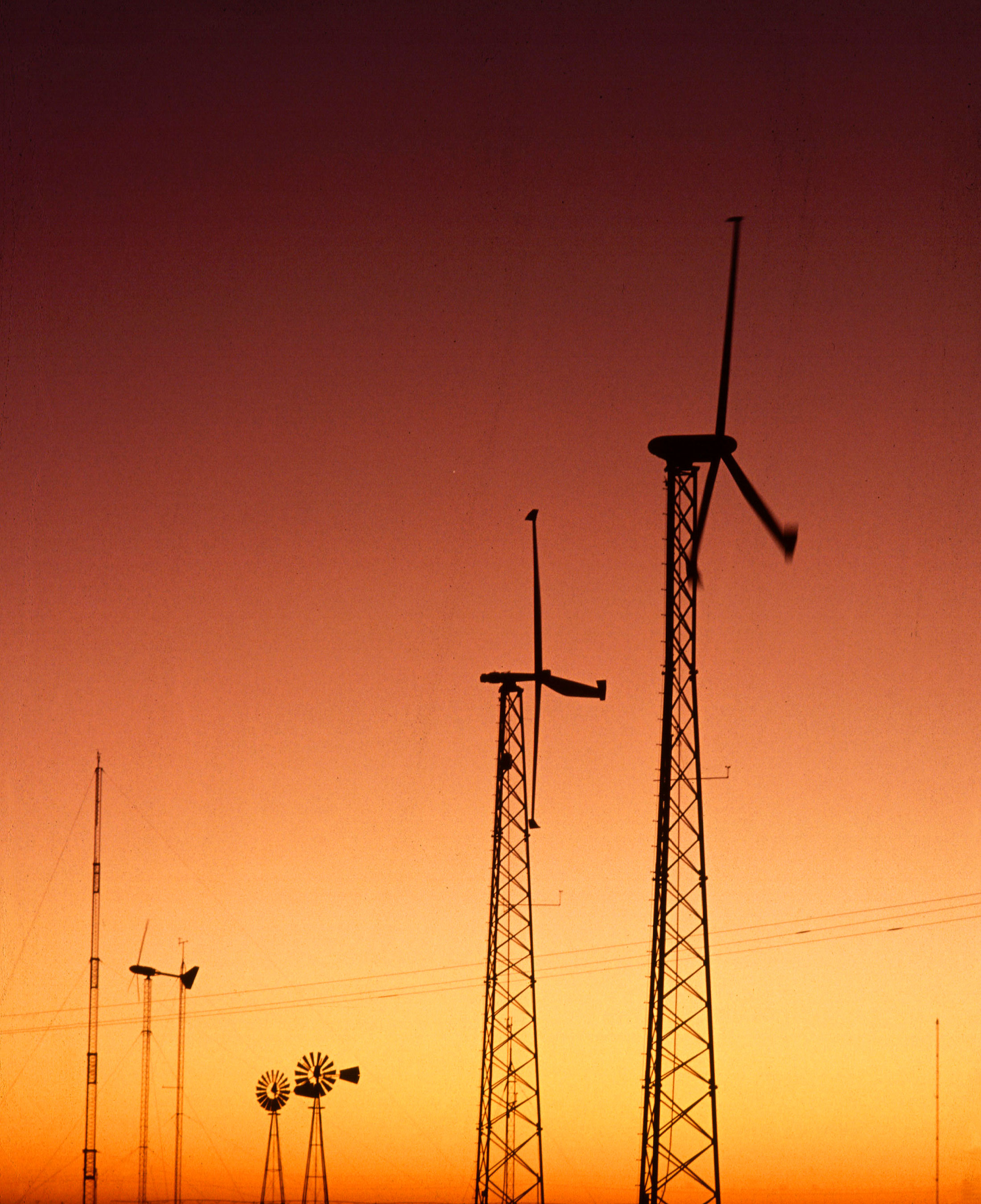 Climate change poses environmental, social, and agricultural challenges that require adaptation measures to help human and natural systems adjust to new or changing climatic patterns. Adaptation refers to actions undertaken in response to or anticipation of changes in climatic conditions in an area. These actions will reduce risks (vulnerabilities), and build system resilience helping to maintain productivity of a system. Impacts of climate change vary geographically and temporally. Anticipated adaptations to climate change in agricultural production systems may include changing nutrient inputs, tillage, crop species, crop rotations, and harvest strategies, as well as altered use of natural resources. New research to increase the resilience of agronomic systems to climate change and to enable exploitation of opportunities that may arise is on-going.
Climate change poses environmental, social, and agricultural challenges that require adaptation measures to help human and natural systems adjust to new or changing climatic patterns. Adaptation refers to actions undertaken in response to or anticipation of changes in climatic conditions in an area. These actions will reduce risks (vulnerabilities), and build system resilience helping to maintain productivity of a system. Impacts of climate change vary geographically and temporally. Anticipated adaptations to climate change in agricultural production systems may include changing nutrient inputs, tillage, crop species, crop rotations, and harvest strategies, as well as altered use of natural resources. New research to increase the resilience of agronomic systems to climate change and to enable exploitation of opportunities that may arise is on-going.
USDA Climate Change Adaptation Plan
 "Climate change has the potential to disrupt USDA’s efforts to meet the core obligations and responsibilities articulated by its mission, and goals. The vulnerability of USDA operations and programs to climate change will be highly dependent on the magnitude and pattern of climate changes, as well as on changes in climate extremes.
"Climate change has the potential to disrupt USDA’s efforts to meet the core obligations and responsibilities articulated by its mission, and goals. The vulnerability of USDA operations and programs to climate change will be highly dependent on the magnitude and pattern of climate changes, as well as on changes in climate extremes.
Changing precipitation and temperature patterns as well as increasing atmospheric greenhouse gas concentrations affects forest and agro-ecosystems at national, regional, and local scales. These changes may have significant implications for USDA program participation and costs" (USDA CCPO, 2012).
To address the future challenges of the changing climate, USDA released a draft of its climate change adaptation plan.
View the full USDA Climate Change Adaptation Plan.
View the NRCS Climate Change Adaptation Plan.
Social Considerations
Social Considerations in Adaptation to Climate Variability examines key social factors that influence producers’ decisions relative to adapting to the impacts of extreme weather conditions. Key social considerations such as current practices, personal, farm structure, and community characteristics are addressed. In addition, the discussion examines the authenticity of climate change, the scientific underpinnings of changing weather patterns, and producer observations and adaptive behaviors. The discussion includes remarks about the relevance of a producer’s beliefs about climate change when interacting with a producer. The author offers a guiding principle when providing assistance to producers who are meeting the challenges of ever-changing weather conditions, namely, give equal weight to social and physical resource factors in the adaptation process.
Top image (dam): Photo courtesy of the USDA
Middle image (producer by a ridge-tilled field): Photo courtesy of USDA-NRCS
Bottom image (windmills): Photo courtesy of USDA Agricultural Research Service